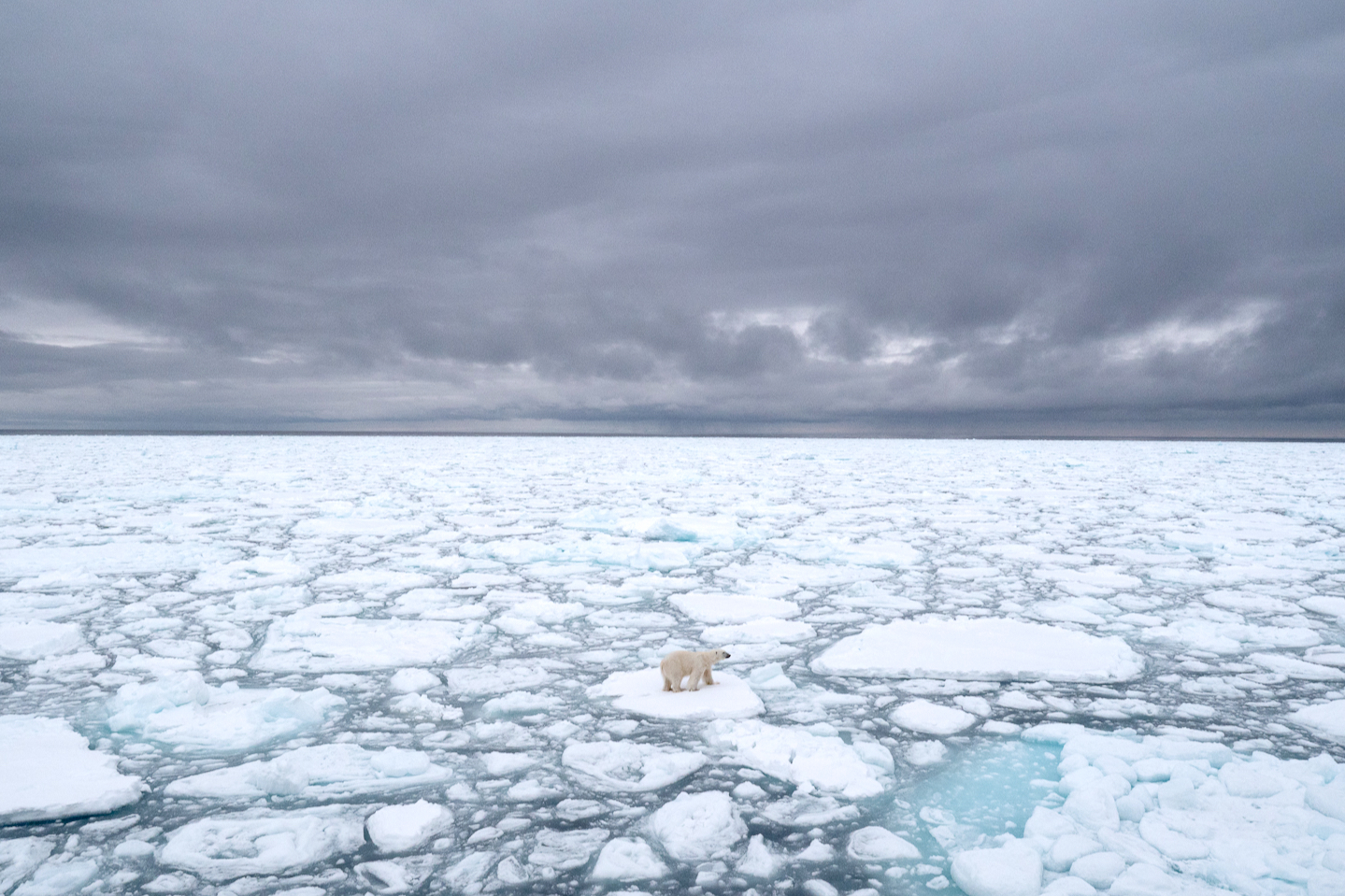Is the summer season warmth finding you down? Interesting off with a digital dip into icy Arctic waters and view as tens of hundreds of beluga whales frolic in the frigid sea. Setting up Friday (July 15), the research vessel Delphi will broadcast a beluga whale livestream, direct from the Churchill River estuary the place the river flows into Hudson Bay in northeastern Canada.
The livestream (opens in new tab), generated in a partnership in between Arctic conservation nonprofit Polar Bears Global and take a look at.org, is in celebration of Arctic Sea Ice Working day on July 15. The target is to elevate community interest in sea ice and boost consciousness of its worth to the Arctic ecosystem.
“It is to the ocean what soil is to the forest,” Alysa McCall, the director of conservation outreach and staff scientist at Polar Bears Intercontinental, instructed Stay Science.
Viewing belugas
The “beluga cams” go reside every single year as a team of somewhere around 55,000 beluga whales migrate to the shallow waters of Hudson Bay. The bay is locked in by ice in the winter season, in accordance to Stephen Petersen, director of conservation and research at Canada’s Assiniboine Park Conservancy, which forces the belugas (Delphinapterus leucas) to head north into more open seas. But in the summer time, the whales return. The whales could come across that the sheltered waters of the bay present defense from killer whales, Petersen instructed Reside Science, whilst the estuaries present hungry belugas with enough food stuff. It is also attainable that the heat, small-salt waters from the Churchill River estuary may possibly be advantageous for young calves that haven’t produced a whole covering of blubber, or for grownup whales as they undergo an once-a-year molt and drop their skin.
Two cameras aboard Polar Bears International’s beluga boat Delphi (shorter for Delphinapterus, component of beluga’s scientific identify) deliver different sights of this flourishing whale inhabitants: a single from the deck and 1 from underneath the water’s floor, which also captures audio of the whale’s chittering phone calls. The whales can make a selection of noises, ranging from clicking seems to squawks and ethereal snorts.
Related: Lone beluga whale noticed 1,500 miles from house, and nobody is familiar with why
Beluga whales are identified all through the Arctic and sub-Arctic. Some populations are endangered, but the one that migrates into Hudson Bay each individual yr is a healthful size, Petersen claimed. One particular of the targets of the beluga cams is to retain that population’s wellbeing.
“We want to make up checking so if threats seem or if that population modifications we can see that ahead of we get to a vital location,” Petersen claimed.
As component of that work, Petersen operates the Beluga Bits citizen science task (opens in new tab). Beluga cam viewers can acquire screenshots of the whales they see as the Delphi livestreams the migration through July and August. Then, through the yr, any individual can get included with the venture by serving to to detect unique whales in the visuals at zooniverse.org (opens in new tab). These classifications help experts reply thoughts like regardless of whether the exact whales return to the very same locations every 12 months.

Saving sea ice
Polar Bears Global (opens in new tab) will maintain a live launch celebration for the beluga cams at 10:45 a.m. Eastern Typical Time (EST) on July 15. The group will also be celebrating Arctic Sea Ice Day with a are living party at 1:00 p.m. EST that will aim on why the ice is critical.
“Sea ice is a important habitat for Arctic species,” McCall explained to Stay Science. Walrus and seals use sea ice as a refuge to haul out on, seals give delivery on sea ice, beluga whales use sea ice for security from orcas. Each and every species in the Arctic, in the ocean, is supported by Arctic sea ice, for the reason that inside Arctic sea ice grows algae which is like the plants of the north.”
This algae sorts the base of the food items chain, McCall explained, feeding fish that then feed belugas and other sea mammals.
Having said that, Arctic sea ice protect over-all is shrinking fast thanks to the warming weather, with new many years marking file lows in summer season ice extent and suffering from thinning of old, multi-calendar year ice. In close proximity to Churchill, Manitoba on the Hudson Bay, the ice traditionally broke up all-around July 15, McCall reported. These times, the break up commonly happens a few to four months previously than that.
But sea ice’s sensitivity to local climate adjust indicates that it can also possibly recuperate promptly if the local weather cools, McCall reported, which offers hope for a foreseeable future chilly enough to keep polar bears, beluga whales and other Arctic denizens flourishing.
“When we get our carbon emissions at a far more sustainable stage and we start going to greener strength additional broadly, we know that sea ice will bounce back again,” she stated. “Steps you take now to reduce carbon emissions and change to photo voltaic energy, wind energy and get these massive corporations on board with remaining a lot more sustainable, that definitely positively impacts the ice which positively impacts all the animals that rely on it.”
Originally printed on Reside Science






More Stories
How to Achieve Beauty Through Healthy Eating
Stick To A Healthy Lifestyle – How To Eat A Balanced Diet For Weight Loss
A Guide To A Healthy Lifestyle For Teenagers